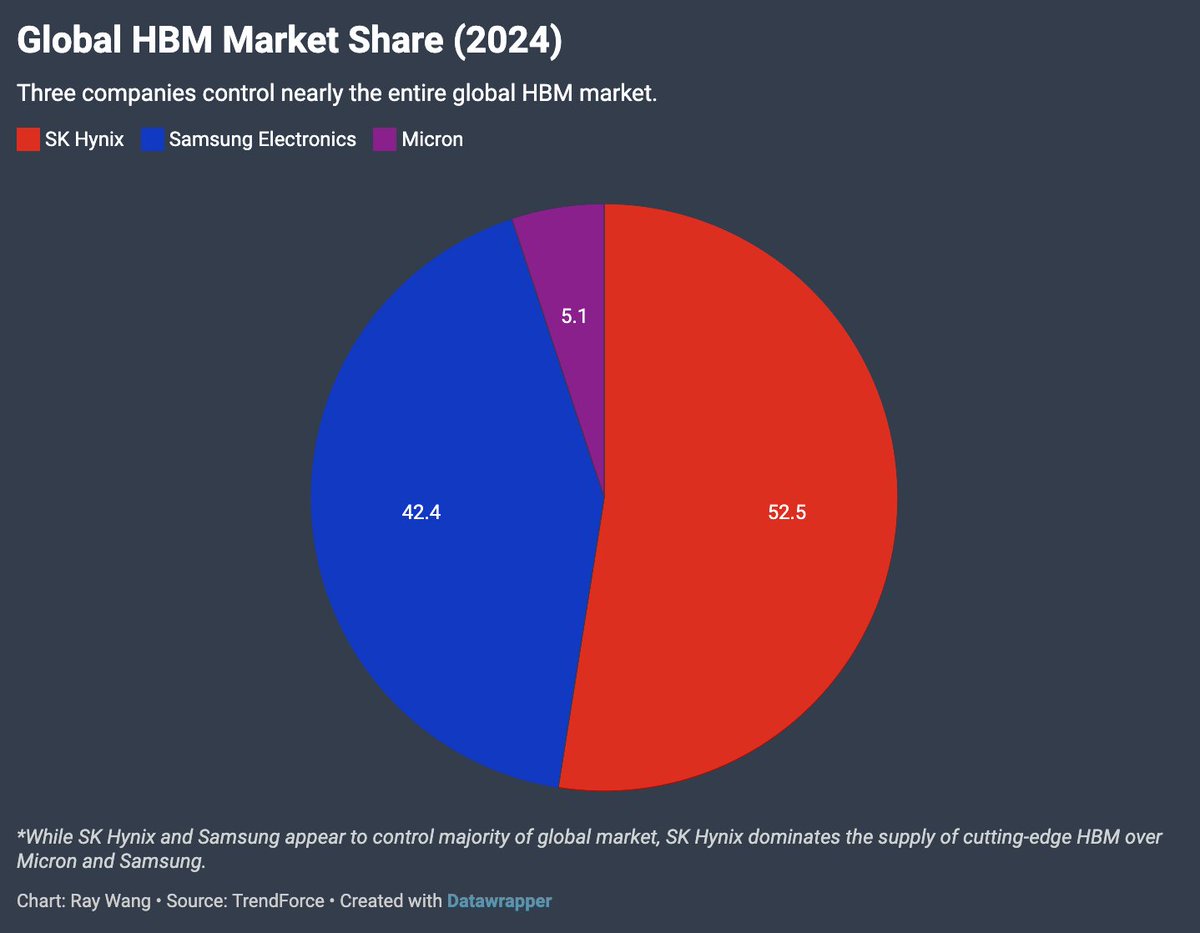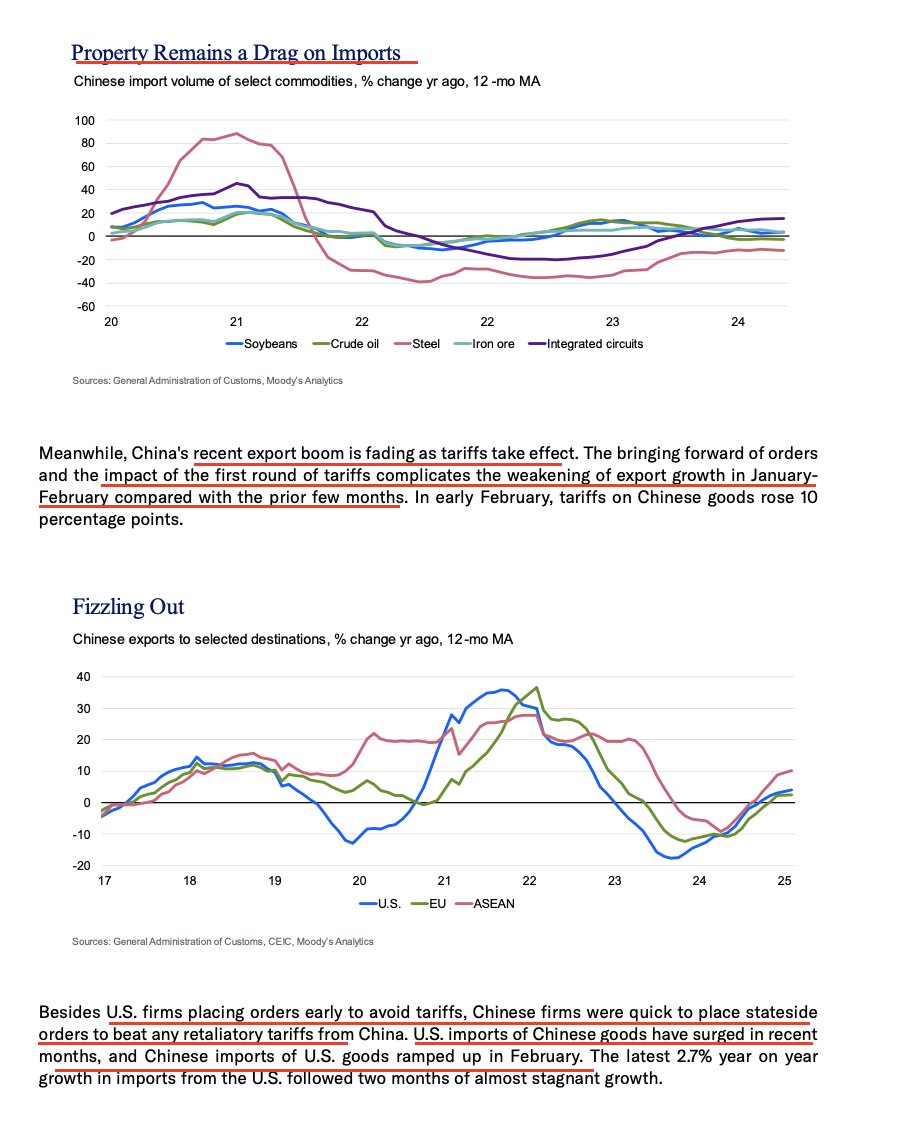Few points on $NVDA, lift of H20 ban, H20 and B30 upside, and policy implications 🧵
1) The surging AI inference and compute demand from China: Much of Chinese compute and inference has yet to be reflected in $NVDA ’s reported numbers.
I believe given the pace of Chinese AI development, I think the compute and inference demand in 2H25 and Q1 2026 will be even greater than late 2024 and Q1 2025 (we see how compute growth plays out in 1H25 globally)
1) The surging AI inference and compute demand from China: Much of Chinese compute and inference has yet to be reflected in $NVDA ’s reported numbers.
I believe given the pace of Chinese AI development, I think the compute and inference demand in 2H25 and Q1 2026 will be even greater than late 2024 and Q1 2025 (we see how compute growth plays out in 1H25 globally)
2) H20 Upside (rough estimate): If we assume $NVDA ships 500K units (fair estimate I think) in the coming quarter at an average ASP of $10K–$12K, that translates to 5-6 billion in potential revenue.
3) B30 Upside (rough estimate): Assume $NVDA ships 1.5 million units (some estimate from the street is 2M) over the next 12 months (roughly 375K per quarter), and assuming an ASP of $7,000, that equates to $2.625 billion in additional quarterly revenue.
Together, that is about quarterly 7.625B - 8.625B upside revenue for $NVDA in coming quarters. Of course, the number could be different based on the estimate of shipment.
I am optimistic given the significant compute and inference demand coming out from China is quite likely, and if you have been following China's AI development, the demand should be larger than Q4 2024 and Q1 2025.
The shipment of B30 is likely start in Q4 (unlike H20, should be ready to resume shipment anytime). So it should reflect on NVIDIA's revenue likely in Q1 2026 instead of Q4 2025.
Together, that is about quarterly 7.625B - 8.625B upside revenue for $NVDA in coming quarters. Of course, the number could be different based on the estimate of shipment.
I am optimistic given the significant compute and inference demand coming out from China is quite likely, and if you have been following China's AI development, the demand should be larger than Q4 2024 and Q1 2025.
The shipment of B30 is likely start in Q4 (unlike H20, should be ready to resume shipment anytime). So it should reflect on NVIDIA's revenue likely in Q1 2026 instead of Q4 2025.
4) Policy alignment is VITAL: This move also signals a clearer and more predictable alignment between U.S. regulatory policy and NVIDIA’s stance. This should reduce a key source of uncertainty that has weighed on both investor sentiment and industry planning. Remember, this has been a key contentious point that has yet been addressed since the H20 ban in mid-April.
5) One key question remains in my mind: One question to ask is, since H20 ban is lifted, what does that mean for previous reported control threshold—1.4 Tb/s memory bandwidth and 300 GB/s networking speed? This is a very important question to ask since it will associate with B30 and future chip design flexibility.
6) U.S.-China momentum building: Given the new policy shift, it could also be an effort of momentum building for potential Trump-Xi summit and Trump's visit to China in Q4 2025. I have documented this earlier.
See:
See:
https://x.com/rwang07/status/1943632969215647829
7) Downside risk for Chinese chipmakers: Lastly, Chinese AI chipmakers like Huawei, Cambricon and its associated supply chains are likely to take notable hit. The thesis is no longer there at least for both short term and medium term. end
@UnrollHelper
• • •
Missing some Tweet in this thread? You can try to
force a refresh


















